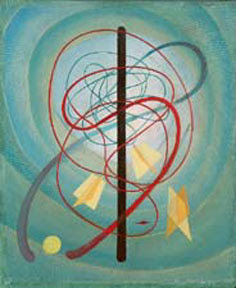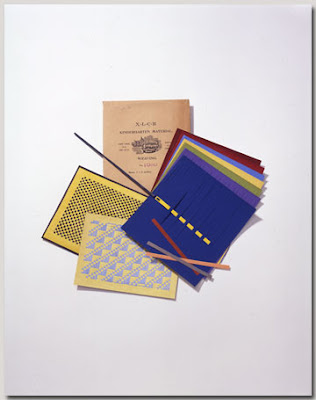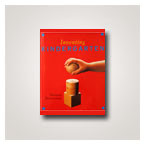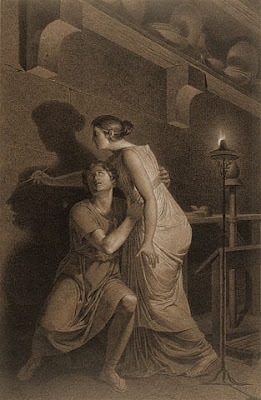
As the written word is essential to the poet and writer, and the algorithmic formula is imperative to the mathematician, drawing is the essence of the artist and designer’s expression.
As an effective means of communication and thinking, drawing operates on many levels, and it is important for the artist and designer to not only comprehend these differences, but to also achieve a certain level of skill in the discipline of drawing. Drawing can be a tremendously empowering tool for communication and thinking. This article will briefly explore and loosely define the many different approaches, or types, of drawing.
In thinking about drawing methodologies and their respective purposes, apparent are at least eight distinct categories, including:
1. Life Drawing: drawing as a means of expression; drawing from direct observation, as in still-life or figure drawing
2. Emotive Drawing: drawing, like painting, as an expressive way to explore and put forth feeling, mood, self, time, and so on; drawing as a sensitive expression of personality
3. Sketching: drawing in order to explain or actively think through a problem; drawing through the act of visualizing; drawing actively and loosely
4. Analytic Drawing: drawing as a way to dissect, understand and represent; drawing from observation
5. Perspective Drawing: drawing as a way to represent volume, space, light, eye-level (horizon), surface planes, and scale
6. Geometric Drawing: drawing as a means to precisely represent all aspects of construction; drawing that shows measured scale, true sides, sections, and a variety of descriptive views.
7. Diagrammatic Drawing: drawing in order to investigate, explore, and document concepts and ideas; drawing as an active design process where ideas evolve due to adjacencies and happenstance
8. Illustration Drawing: drawing in order to document; drawing to clearly state and render intent, style, size, color, character, effect, and so on
The marks made for each of these drawing categories vary greatly, as do the materials, tools, techniques, and even substrates on which the drawing is produced. A graphite pencil makes a different mark than a marker, than a vine charcoal stick, than a ballpoint pen, and on and on. Newsprint paper is appropriate for some drawing materials, such as pencil, charcoal and crayon, whereas more wet mediums, such as markers or India ink may prove problematic.
Concurrently, the purpose for each of these drawings categories vary, as do the end result. A sketch can quickly document an idea upon first conception, whereas a geometric drawing requires a much longer gestational period. The sketch is of the moment and the geometric drawing is more labored. The sketch contains possibility and potential, whereas the geometric drawing is more like the ending chapter to a novel, final. The person who makes the drawing must weigh the truth and consequences of the effort, choose the method of drawing that is appropriate, that which will provides the best result.
This is not to say that the act of drawing should not be experimental in nature. To the contrary, investigation is paramount to the creative process and the educational process. Practice drawing, experience using drawing, and exposure to comparative examples of drawing provide one with a greater ability to make choices regarding the appropriate drawing technique, material, surface, tool and approach to utilize when beginning a drawing.
Where words and formulas cannot quite describe the creative intent, drawing succeeds in being a tremendously empowering tool for communication and thinking. The artist and designer is much stronger in her ability to create with this skill mastered.
(Note: For the purposes of this article, computer-aided drawing techniques were not addressed specifically, though the author admires the inherent benefits of computer technology.)
Explore the many drawing reference materials available.
reference materials available.
 drawing
drawing
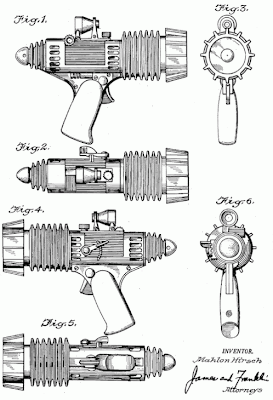
 Amy Leidtke
Amy Leidtke